The monarch responsible for commissioning the construction of the monastery in 1501, King Manuel I is interred in the main chapel alongside his wife, Queen Maria of Aragon.
The Jerónimos Monastery, located in Lisbon, Portugal, is a significant historical monument that reflects the nation's maritime history. Known for its Manueline architectural style, the monastery also serves as a burial site for notable Portuguese figures, making it an important destination for those seeking to understand the country's cultural heritage.
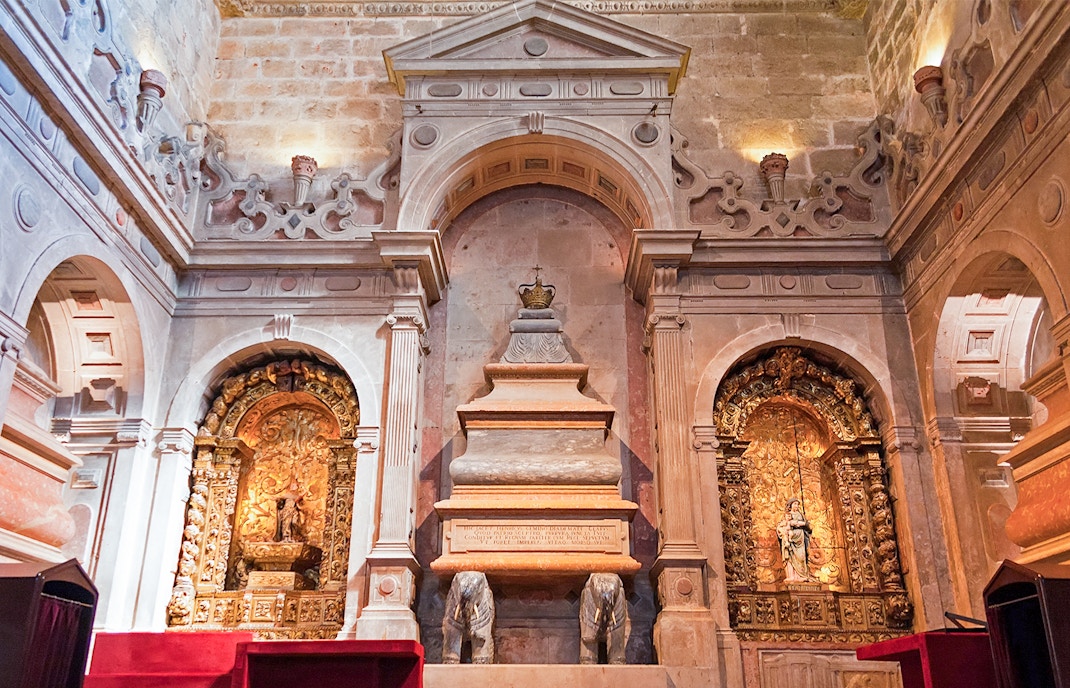
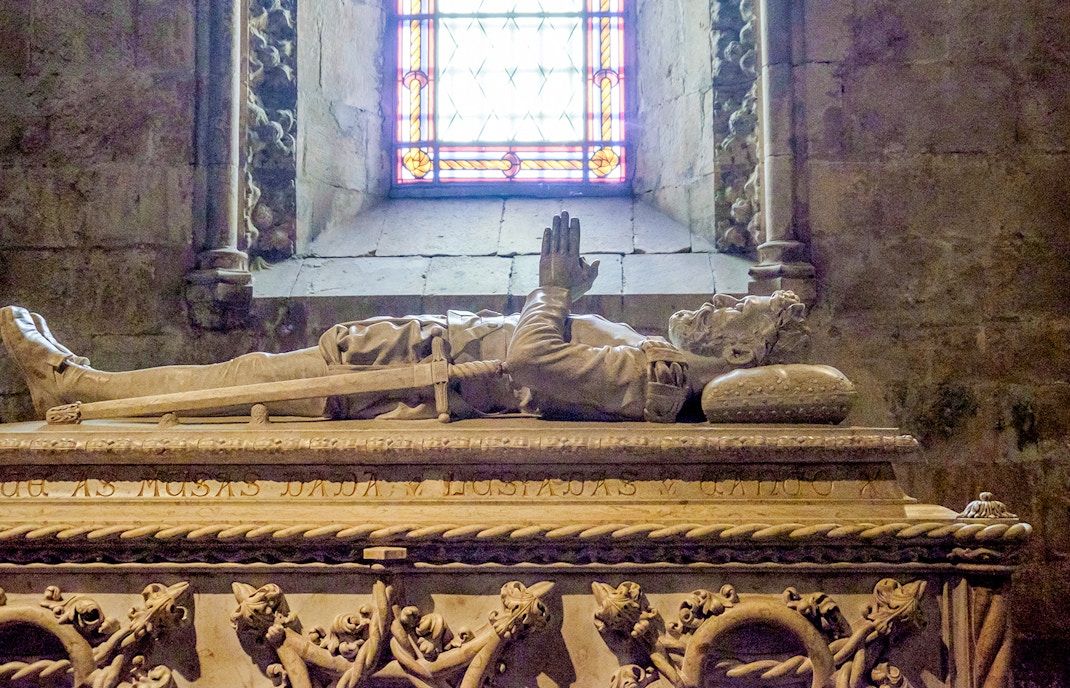
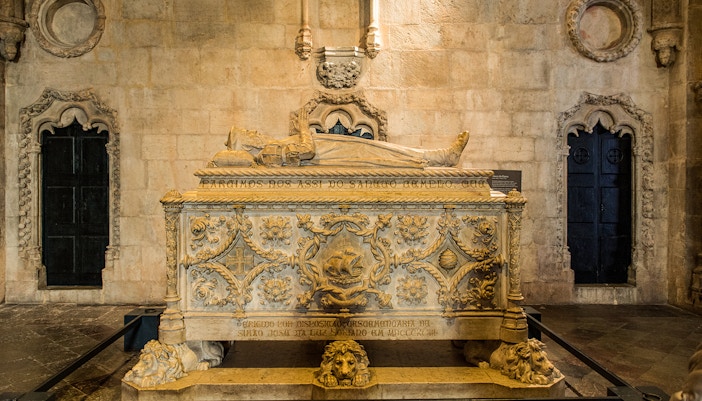
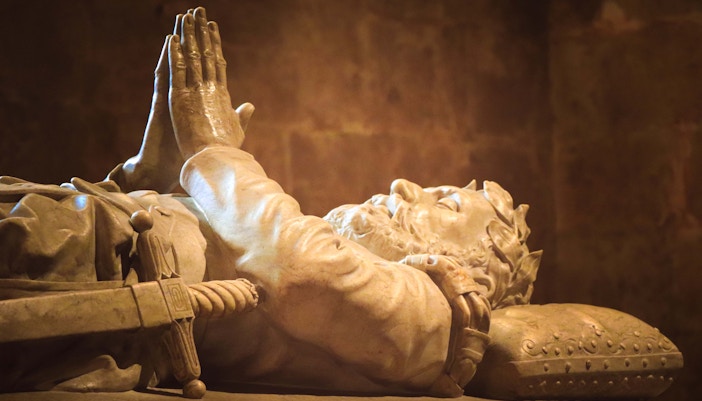
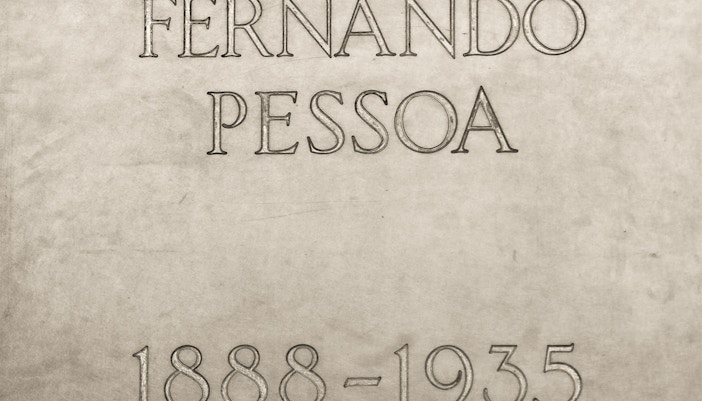
he individuals interred at the Jerónimos Monastery were significant contributors to Portuguese history, culture, and exploration. Their burial at the monastery signifies their enduring impact on the nation and commemorates their accomplishments.
Yes, visitors can access the burial sites within the monastery during regular visiting hours. Some areas, such as the main chapel and the lower choir, are easily accessible, while others may be restricted or require a guided tour for entry.
The monastery is located in the Belém district of Lisbon, near the Tagus River. It is easily accessible by public transportation, including buses, trams, and trains. Visitors can also take a taxi or use a ride-sharing service to reach the site.
Yes, there is an entrance fee to visit the monastery. The fee covers access to the church, cloisters, and other areas within the complex. Discounts are available for students, seniors, and families.
Jerónimos Monastery Entry Tickets
Jerónimos Monastery Skip-the-Line Guided Tour
Combo (Save 4%): Jerónimos Monastery + São Jorge Castle + Lisbon Cathedral Tickets
Combo (Save 4%): Jerónimos Monastery + São Jorge Castle Tickets
Combo (Save 4%): Jerónimos Monastery + Pena Palace & Park Tickets
Combo (Save 5%): Skip-the-Line Tickets to the Royal Treasure Museum + Jeronimos Monastery